Everything in the universe is made of 3 parts: a beginning, a middle and an end.
Well, so they say.
Take a laser power meter for example. It consists of 3 parts:
- Sensor – the front end, the transducer that receives the laser beam and produces some type of electrical signal that represents the beam’s power
- Some Sort of Processing – looks at the sensor’s signal, looks at some other stuff (calibration data for example), and converts the signal into a digital reading of the laser beam’s power
- Display – converts the digital reading from Part 2 into a numerical or graphical output that can be read by – for example – a human user
A typical hand-held laser power meter combines the processing and the display in one instrument.
An externally-connected sensor produces an output signal; the meter receives the sensor’s output signal, processes and interprets it to produce a reading of laser power, and then figures out how to turn that reading into a numeric or graphical display on the meter’s screen.
Sometimes you might not need Part 3, though; if you do all your work connected to a PC, for example, it can do the displaying.
You’ll need the sensor and the processing, but if your PC can take care of the displaying then you don’t need that in your laser power meter. A smaller (and cheaper) instrument!
Meet Juno+
Ophir’s new “Juno+” is exactly that.
It’s a full-blown laser power meter, just without the built-in display. The PC becomes your display. You’ll either have the PC running Ophir’s StarLab software application, or maybe you’ll communicate with the Juno+ from your own software system via our COM Object interface. Either way, you’ve got a precision instrument, with almost zero footprint (it’s just slightly larger than the sensor’s “smart connector”), and all your interaction with it is via your PC.
A brief “profile photo” of Juno+:
- Plug and play with all standard Ophir smart sensors
- Powered from USB
- Analog output as well
- Record pulse energies at up to 10KHz
- Also supports –
- Position and Size measurements with “BeamTrack” sensors
- “Pulsed Power” measurements (for measuring high powers using short exposure with lower-power sensors)
- “Low Frequency Power” (for measuring average power of low-power, slowly-pulsed sources such as VCSELs)


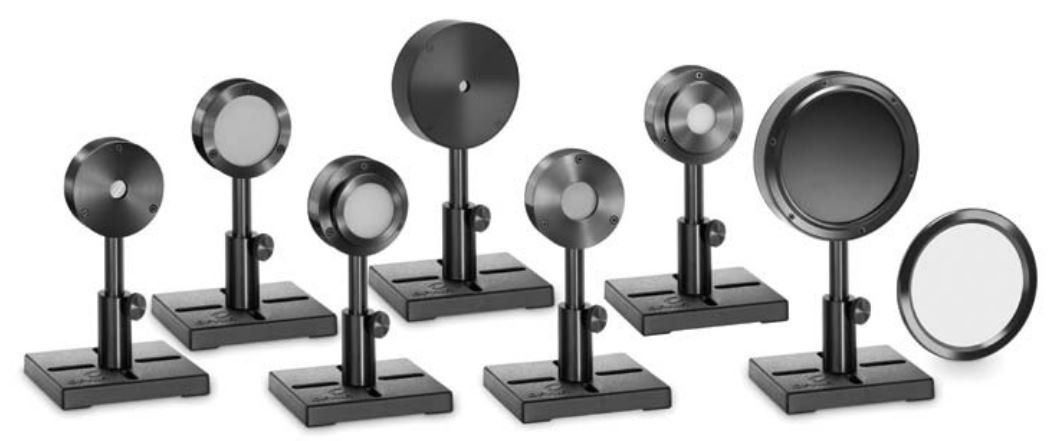


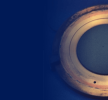
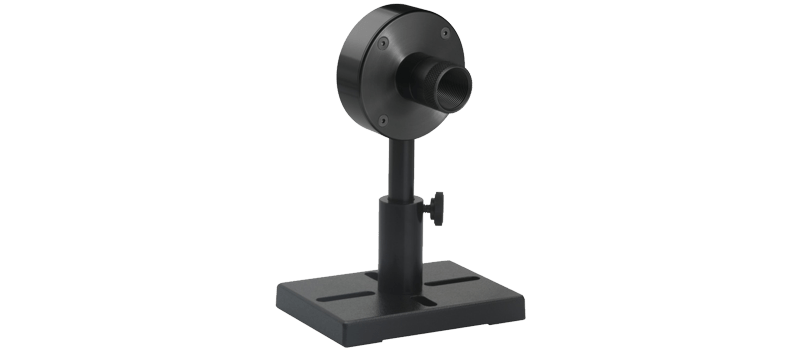

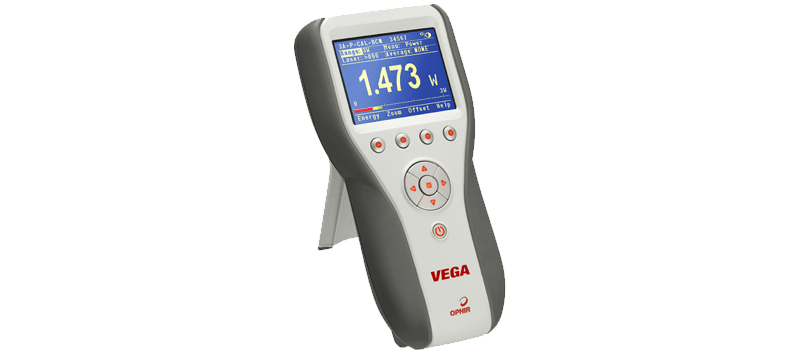
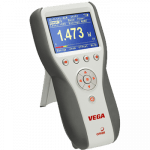
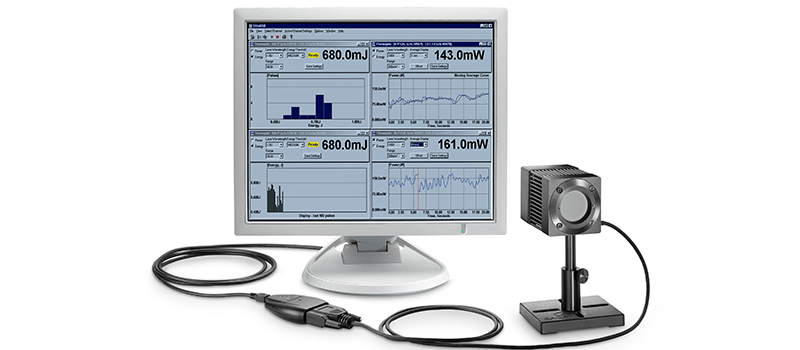
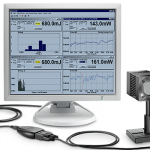
Leave a Reply
Your email address will not be published. Required fields are marked *